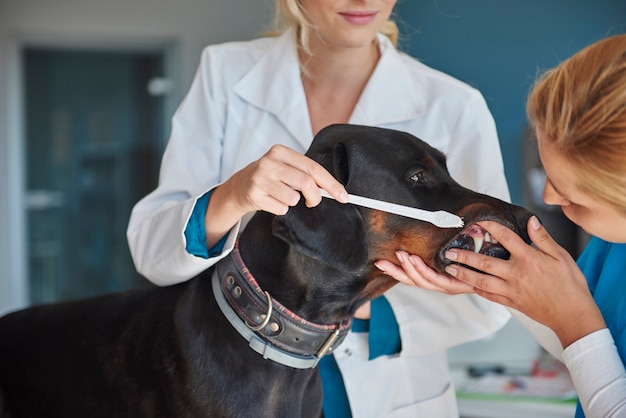What to do when your Pet has Diabetes in Conroe, TX.
Diabetes develops when the body's ability to utilize glucose is impaired. Glucose is a kind of sugar that is produced during digestion and is one of the primary energy sources for bodily tissues. Insulin, a hormone generated by the pancreas, regulates glucose levels in the blood. Insulin opens the door for glucose to enter human tissues, and a shortage of insulin causes glucose to accumulate in the blood rather than being used as fuel by the body.
Diabetes is more frequent in middle-aged to elderly dogs, although it can also affect younger and pregnant animals. Female dogs are more prone than male dogs to acquire diabetes. Diabetes may be a predisposition in some breeds. Diabetes in cats is more frequent after the age of six. Obesity, which affects the insulin-producing cells in the pancreas and makes body tissues less responsive to insulin, is a significant cause of diabetes in pets. Pancreatitis can occasionally result in diabetes in animals.
SYMPTOMS
There are some symptoms that will depend on your pet but some of the main signs of diabetes are:
- Increased appetite
- Increased thirst
- Increased urination
- Lethargy
- Vomiting
- Weight loss
- Dehydration
If your pet displays these symptoms, you should take them to East Montgomery County Animal Hospital as soon as possible for treatment. Diabetes must be managed properly in order for your pet to enjoy a longer and healthier life.
TREATMENT
Diabetes treatments vary according to the severity of the disease. The majority of diabetic dogs will require insulin injections once or twice daily. Once an animal has been identified as diabetic, more tests are required to establish how the diabetes is impacting the body.
In most situations, excellent blood glucose control is possible with frequent monitoring and treatment. This lowers the chance of long-term complications such as cataracts and concurrent illnesses that may impact glucose management must also be ruled out.
You should also keep in mind that diabetes and its treatment differs between dogs and cats. Dogs, for example, are more likely to have Type I diabetes, but cats are more likely to have Type II diabetes. A diet adjustment for dogs can help maintain a more constant blood glucose level, whereas insulin injections and a high protein/low carbohydrate prescription food for cats are required to assist maintain a more controlled glucose level.
At East Montgomery County Animal Hospital, we like teaming with pet owners from Conroe, TX to help their four-legged pets live long, healthy lives. We also realize that treating a diabetic pet might seem complicated and daunting at first, but we can take you through the process so that your pet's medicine becomes part of your regular routine. Please do not hesitate to contact us if your pet is exhibiting diabetes symptoms or if you have any queries concerning the management of your diabetic pet.





















